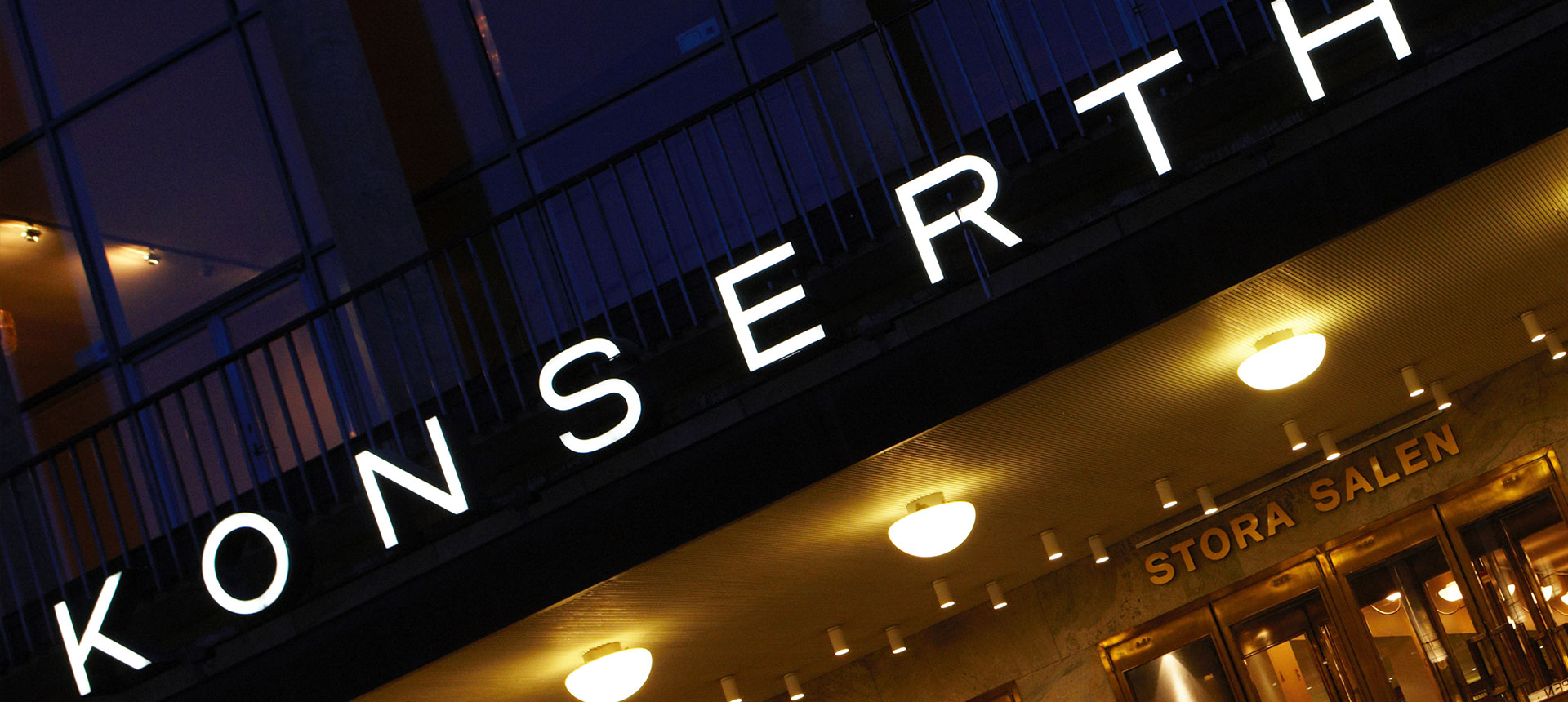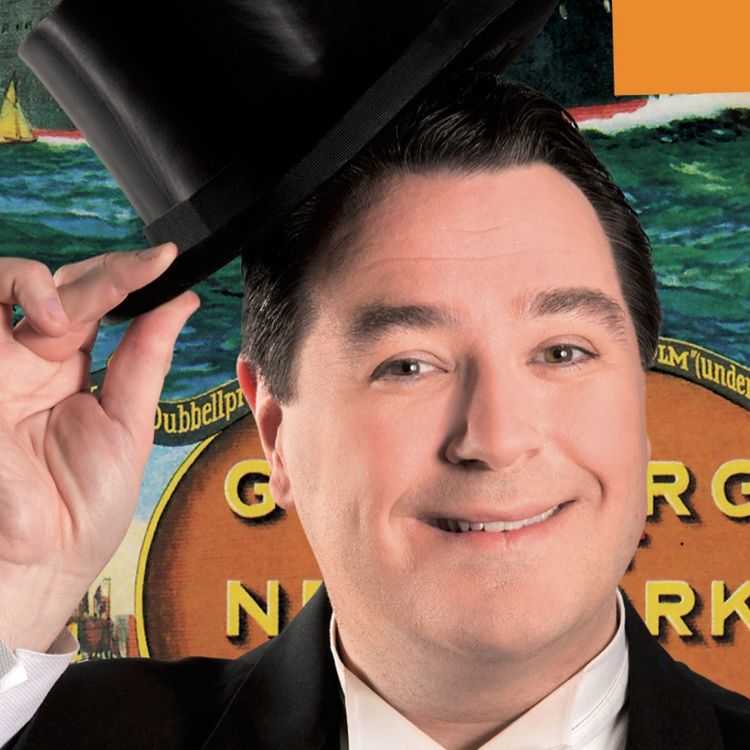Cart
Your cart is empty
Your cart is empty
List is empty
Press ESC to close the search field



Event has already taken place. Mattias Enn sings and tells the story to music of Evert Taube, Karl Gerhard and Cole Porter.
Emigration from the impoverished Sweden to the United States was at its height during the last century. The powerful shipowner Dan Broström founded Swedish American Line in 1915, and the modern and stately ship M/S Kungsholm, M/S Gripsholm and M/S Stockholm busiest route Gothenburg – New York and oceans until in 1975. The ships became an important part in the story of the “Modern Sweden” and was built and decorated by greats in engineering, architecture and design. A floating era of the Atlantic from the past to the present.
Performance in two acts with intermission.
Mattias Enn song, script
Carina E Nilsson piano, accordion

Here you will find all the necessary information that you need to know about before your magical visit in the Concert Hall.
Invite yourself or someone you like to an experience for all the senses. Welcome to visit the Concert Hall's restaurant or one of our foyer bars.